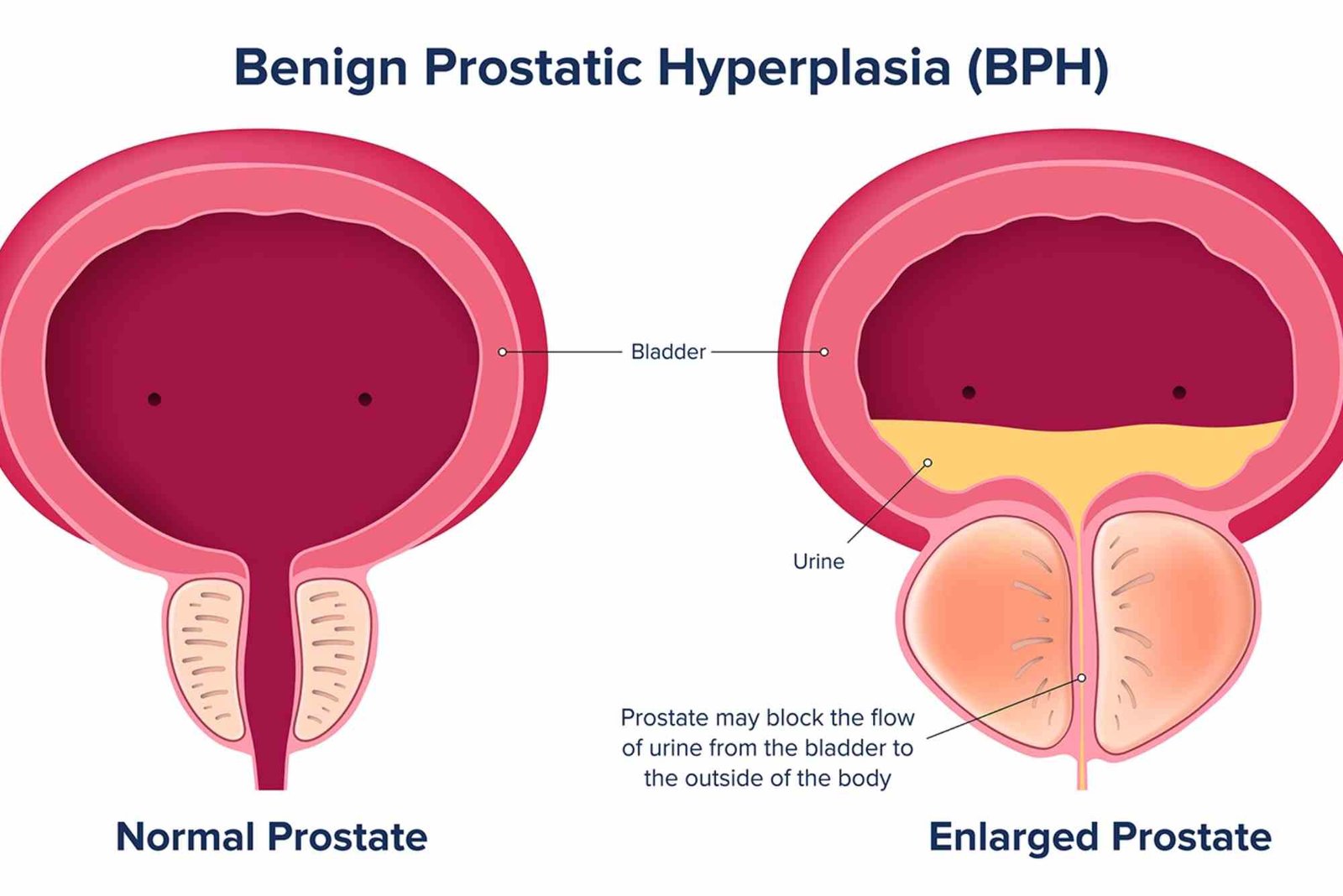Using two monitors with your laptop can significantly enhance your productivity by providing more screen real estate. Whether you’re working on multiple applications simultaneously, editing videos, or gaming, a dual-monitor setup can make a huge difference. Here’s a step-by-step guide on how to set up and use two monitors with your laptop.
Check Your Laptop’s Compatibility
Ports Availability: Most modern laptops come with HDMI, DisplayPort, USB-C, or Thunderbolt ports. Check the available ports to ensure you have enough connections for two monitors.
Graphics Card Capability: Ensure your laptop’s graphics card supports multiple displays. This information can usually be found in your laptop’s specifications or by checking the display settings.
Gather Necessary Equipment

Monitors: Ensure you have two compatible monitors that support the input types available on your laptop.
Cables: HDMI, DisplayPort, USB-C, or Thunderbolt cables may be required. Adapters may also be necessary if your laptop has limited port options.
Docking Station (Optional): A docking station can simplify the process by providing additional ports and reducing cable clutter.
Connect the Monitors to Your Laptop
Direct Connection: If your laptop has two video output ports (e.g., HDMI and USB-C), connect each monitor to a separate port.
Using a Docking Station: If your laptop has limited ports, use a docking station to connect both monitors. The docking station will usually have multiple video outputs.
Daisy-Chaining (For DisplayPort Monitors): Some monitors support daisy-chaining, allowing you to connect one monitor to another instead of directly to the laptop. This option requires monitors with DisplayPort outputs and a compatible laptop.
Configure Display Settings
Windows: Go to Settings > System > Display. You should see both monitors displayed as separate screens. You can rearrange them by dragging and dropping the screens in the settings, choose to extend or duplicate your display, and adjust the resolution.
macOS: Go to System Preferences > Displays. Click on the “Arrangement” tab to arrange the monitors and choose whether to mirror or extend your display.
Linux: Use your desktop environment’s display settings to configure the monitors. For example, in GNOME, go to Settings > Displays.
Adjust Display Preferences
Primary Monitor: Select which monitor will serve as your primary display (where your taskbar/dock and main applications appear).
Resolution and Orientation: Adjust the resolution and orientation of each monitor to suit your needs. You may want different resolutions or vertical orientation for coding or reading documents.
Multi-Monitor Taskbars (Windows): Windows users can enable or disable taskbars on secondary monitors by right-clicking the taskbar and selecting Taskbar Settings.
Optimize for Productivity

Snap Windows: Use features like Snap Assist in Windows or Mission Control in macOS to organize open applications across both screens.
Keyboard Shortcuts: Learn and use keyboard shortcuts to quickly move windows between monitors.
Software Solutions: Consider using third-party software to manage your multi-monitor setup, such as Display Fusion for Windows or Magnet for macOS.
Troubleshooting Tips
Monitor Not Detected: Check the cable connections and ensure the monitors are powered on. Try restarting your laptop or using a different port.
Incorrect Resolution: Ensure that the correct drivers are installed and try adjusting the resolution in the display settings.
Flickering or Lag: This could be due to a poor-quality cable, insufficient power supply, or a graphics card limitation. Try upgrading your cables or reducing the monitor’s refresh rate.
Using two monitors with your laptop can significantly boost productivity and improve your workflow. By following the steps outlined in this guide, you’ll be able to connect and configure your dual-monitor setup with ease. Whether for work, gaming, or general multitasking, having two monitors can help you get the most out of your laptop.




